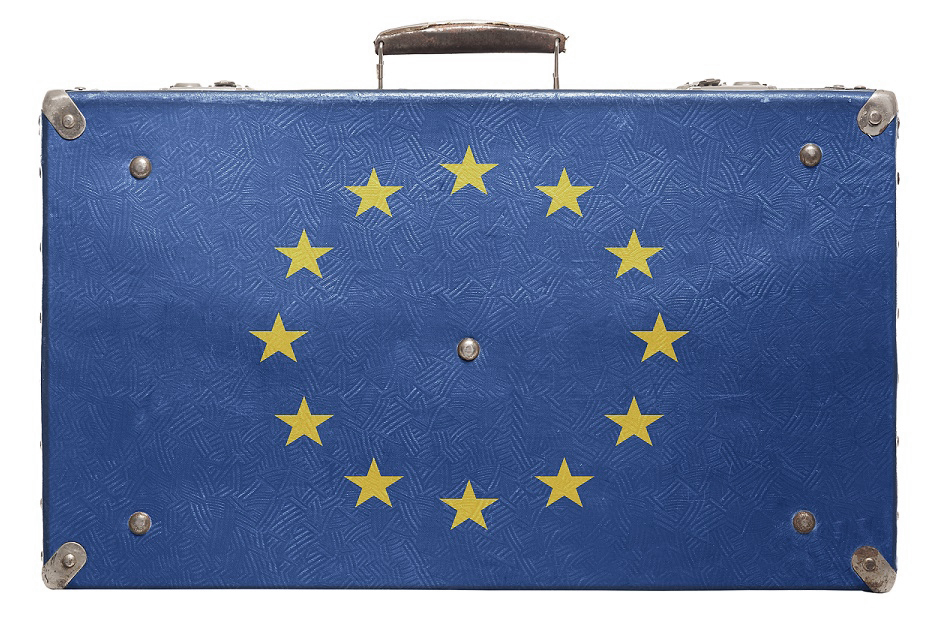Whether you’re shipping to one EU member-state or selecting one of Amazon’s flexible European programs, it’s important to consider the shipping requirements for each.
Sellers have the option of using one of the following when expanding into Europe:
European Fulfilment Network (EFN)
Shapiro vs. Courier Services
If your cargo is at least a pallet (2 CBM) or 200 kilograms, Shapiro provides freight services that are typically lower in cost than traditional courier services. FBA sellers shipping less than our minimum handling size will find it more cost-effective to ship via a courier service, such as FedEx, DHL, or UPS.
Pallet and Labeling Requirements
Amazon has very strict pallet and labeling requirements. Your shipper (or manufacturer) is responsible for palletizing and labeling the cargo to the mandated specifications, and requirements change frequently.
The pallet, labeling, and shipping requirements also vary depending on which EU nation is receiving your goods. We have listed some resources below, but please contact Amazon directly for more specific packaging related questions.
Shipments that do not meet these requirements may be refused by Amazon Fulfillment Centers, returned to the seller at the seller’s expense, or assessed for non-compliance fees. Rejections are solely at the discretion of Amazon.
Registering for Value Added Tax (VAT)
All sellers shipping across Pan-European FBA should review the Value Added Tax (VAT) for the EU country of destination. The VAT is a broadly based consumption tax assessed on goods imported into the EU. VAT registration can take anywhere from 6-8 weeks to process, if required, so you’ll want to get started on this as soon as you decide to utilize this fulfillment program.
Prior to importing to an EU Member State, you will need to apply for an EORI (Economic Operator Registration and Identification). Additionally, you may need to register for VAT in the country of final delivery.


